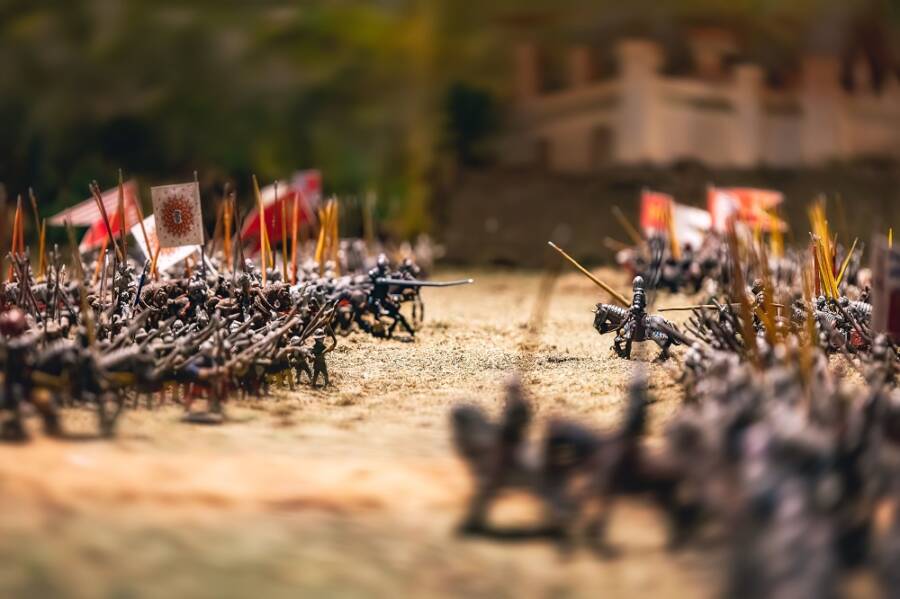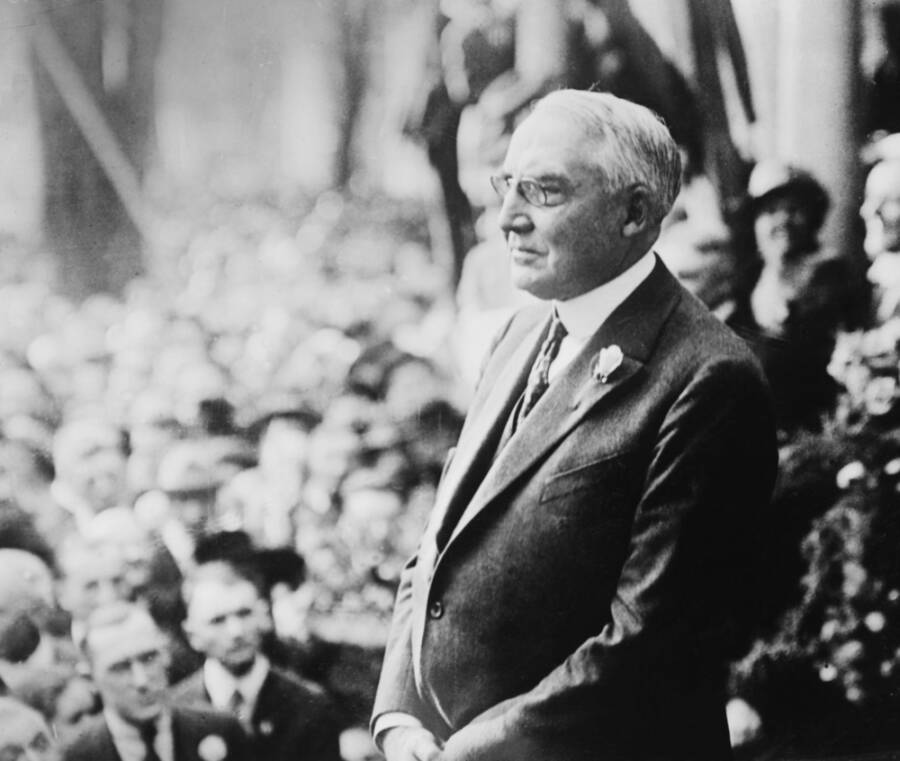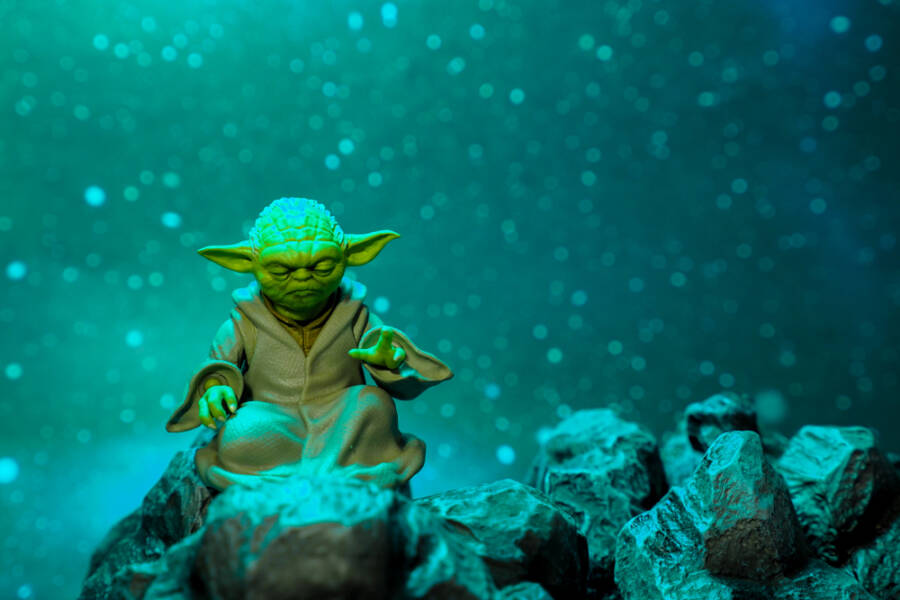11 Figures Who Ended Up on Our Money
The U.S. dollar was officially established as the U.S. currency in April 1792. As the country is expanding when it comes to the economy, the general public seems to have taken a general interest in the people they would want to see on money.
Truth is, there are new designs that are being taken into consideration for U.S. coins and paper bills, that would represent a wider variety of historical symbols and figures that defined this country.
For start, Harriet Tubman’s portrait will be the fresh face of the $20 bill (which is something that won’t happen until 2028), Martin Luther King Jr.’s speech on gold and silver coins, and Eleanor Roosevelt would be on the reverse side of the new $5 bill.
If any of these changes will actually take place- only time can tell. However, we’ve decided to make a rundown of all the figures that can be found TODAY on our currency.
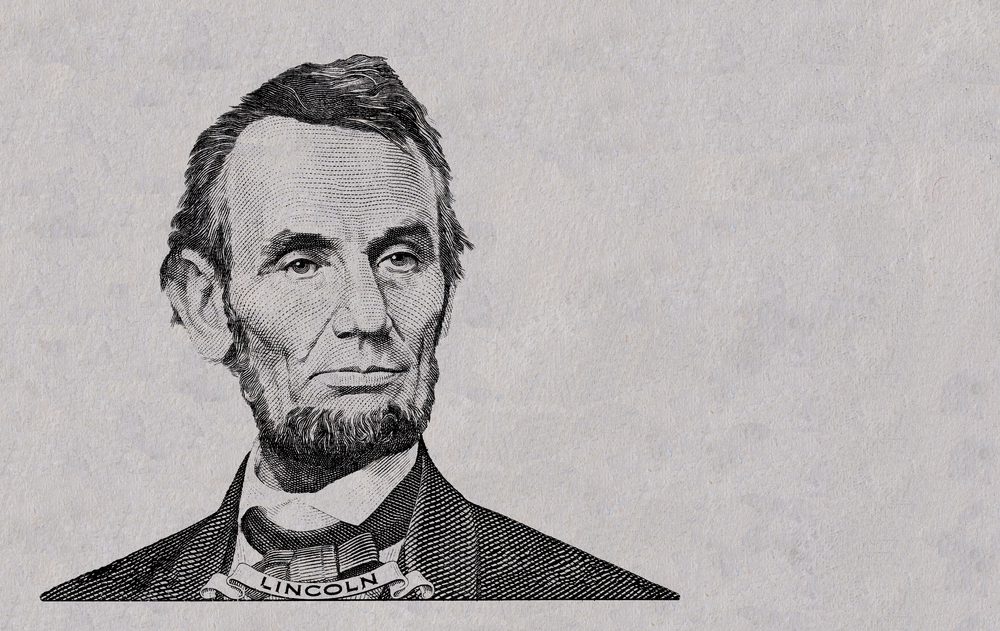
Penny- Abraham Lincoln
The Lincoln penny was first produced and issued in 1909, honoring the President’s birth centennial. The coin was designed by David Brenner, and it was the first one to present a portrait and the motto “In God We Trust”.
On the other side, two wheat heads flank the denomination, and “The United States of America”, with the Latin phrase on top “E Pluribus Unum”. If you ever noticed that Lincoln’s portrait is the only one that faces to the right on a coin, then you are right. And no, there’s no particular reason for that, but way to go for your sense of observation!
Nickel- Thomas Jefferson
The Jefferson nickel was made by Felix Schlag, as part of a special competition supervised by the U.S. Mint. It was issued in 1938, replacing the old Buffalo nickel. Ever since it was introduced, it’s still one of the most popular coins in circulation.
So we have Jefferson’s portrait, alongside the inscriptions “In God We Trust” and “Liberty”, as the reverse side is a landscape of his Monticello plantation, alongside three inscriptions: “E Pluribus Unum”, “United States of America”, and “Monticello”, and a couple of other distinguishing characteristics.
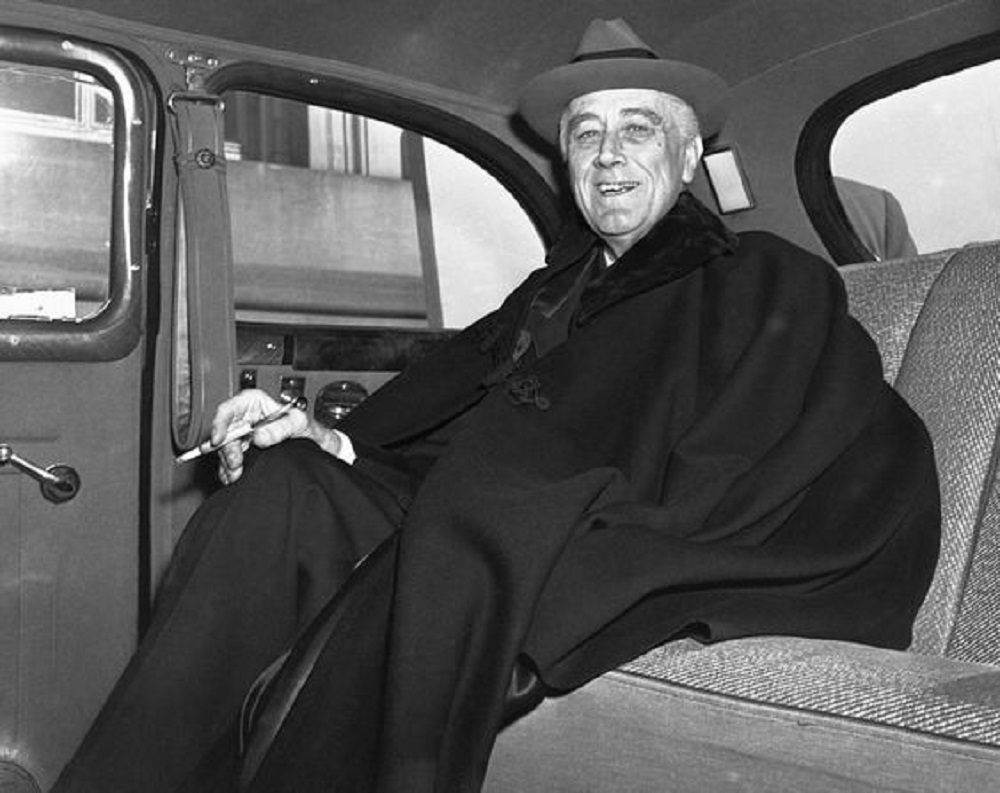
Dime- Franklin D. Roosevelt
Honoring FDR’s passing in 1945, the Roosevelt dime was rapidly secured and minted the next year. It replaced the Mercury dime, which wasn’t in circulation for long. What’s really worth mentioning is that even if Roosevelt led our nation through the Great Depression and most part of WWII, this dime was made in honor of his fight against polio.
Doctors discovered that FDR was hit with this brutal disease in 1921, setting the tone for a presidency shadowed by illness, but marked by strength and resilience. The dime was made by Chief Engraver John R. Sinnock, featuring the president’s portrait and the word “Liberty” on the left and “In God We Trust” on the back of it.
Quarter- George Washington
The Washington quarter dollar was stamped in 1932, in honor of the first president’s 200th birthday. The bicentennial committee initially requested a temporary Washington half-dollar issue replacing the Walking Liberty half-dollar, but Congress got involved.
From Congress’s requests, it scrapped the half-dollar plans and instead, required the Washington quarter to replace the Standing Liberty quarter. As the committee voted for sculptor Laura Gardin Fraser’s design for the President’s portrait, Treasury Secretary Andrew W. Mellon managed to turn things his own way and decided on the design of John Flanagan.
$1 Coin- Sacagawea
The coin was designed by Glenna Goodacre, and it shows the Native American carrying her son, Jean Baptiste. It started circulating in 2000. The reverse side of the $1 coin was made by Thomas D. Rogers, Sr. and it has a soaring American bald eagle. Even if the dollar coin was stamped as a “Golden Dollar”, it doesn’t really contain any gold.
$1 Bill- George Washington
After the Federal Reserve Act of 1913, it has been decided that currency should be standardized, for the country’s own economic prosperity and stability. At that point, many design components from the $1 bill were already decided upon, such as its color, borders, and phraseology, as they have been already circulating for a long time.
It’s still one of the oldest U.S. currency designs that are still in use, and it has the portrait of George Washington on the obverse, and the Great Seal of the United States on the reverse. The design of the obverse side wasn’t introduced until 1963, while the latter dates all the way back to 1935, and it was meant to avoid counterfeits.
$5 Bill- Abraham Lincoln
Before they decided on Abraham Lincoln’s portrait on the $5 bill in 1914, there were seven other candidates that were considered for the spot, such as Alexander Hamilton, Chief Onepapa, and James Garfield.
In 1928, Lincoln became the face of the bill, which shows the Lincoln Memorial on the other side. The bill’s most well-known image of Lincoln is after Mathew Brady’s portrait of the president in 1864. But since 2008, the bill received a new high-tech redesign. The new $5 front has the color purple in it, an imprint of the Great Seal of the U.S. to the right of Lincoln’s portrait, and a band of stars.
$10 Bill- Alexander Hamilton
Before Alexander Hamilton’s portrait on the $10 bill, there were many other figures imprinted on it, such as politician Daniel Webster, explorers Meriwether Lewis and William Clark, but also President Andrew Jackson.
However, as of 1929, Hamilton was the statesman of choice for the bill. Did you know that the portrait you see nowadays on your money is based on an 1805 painting, made by John Trumbull? Hamilton was the nation’s first Treasury Secretary, and one of the two non-president figures that are featured on the U.S. paper currency (the other one being Benjamin Franklin).

$20 Bill- Andrew Jackson
It’s funny how the man who wished to abolish paper money, ended up on the $20 bill, right? Well, that’s what happened with President Andrew Jackson. He is portrayed on the denomination’s front side, adorned with watermarks, green and peach hues, with the White House imprinted on the backside.
In 2016, it has been announced that Harriet Tubman would be the one to replace Jackson as the new face on the $20 bill. Initially, the bills were supposed to be placed into order starting with 2020, but they eventually halted it until 2028, citing security reasons.
$50 bill-Ulysses S. Grant
As of 1913, U.S. Ulysses S. Grant, the well-known Civil War hero and 18th President of the U.S.can be seen on the $50 bill. As many might wonder why they have decided upon Grant on this particular denomination, the answer is that no one really knows why. The reverse side of the bill has the U.S. Capitol, even if some of its earliest versions include images of Panama, a merchant, and a battleship.
$100 Bill- Benjamin Franklin
Benjamin Franklin is an extremely interesting figure: he was the founding father, a great inventor, and a diplomat, but he wasn’t the President of the United States. However, just like Hamilton, Franklin managed to get on some of the most desirable denominations, starting in 1914.
Even if his portrait had to undergo a massive redesign in 2009, it’s still there, with a quill pen, inkwell, and the Declaration of Independence besides him. On the other side of the bill, there’s an image of Independence Hall in Philadelphia, which is the first building outside the capital that can be seen in any other bill.
If you found this article useful, then we also recommend: The 5 Most Brazen Police Scandals In American History



